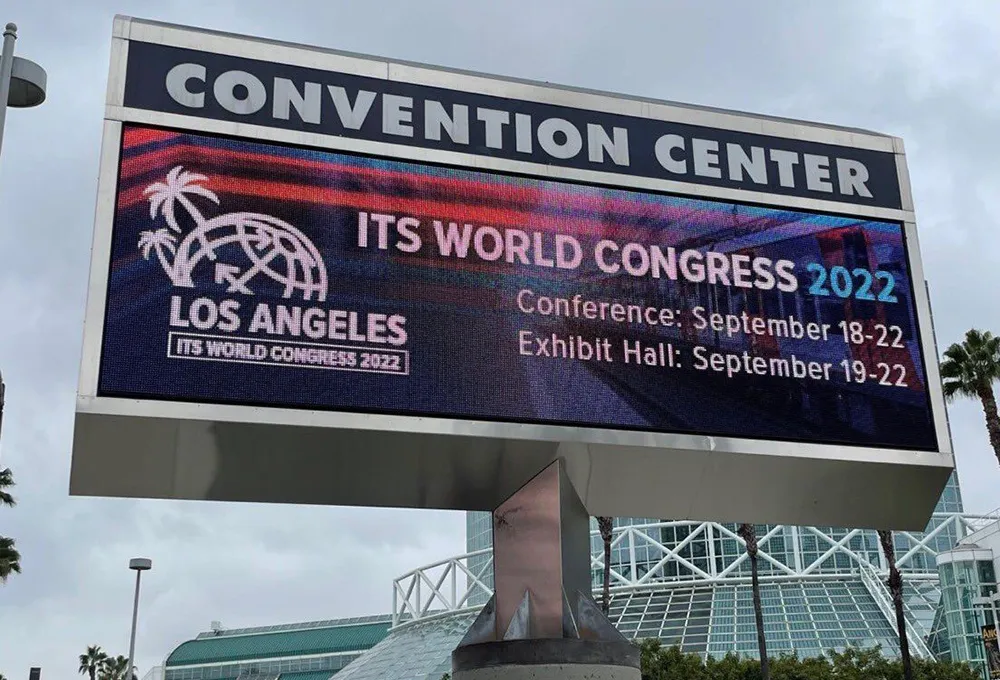Forum8 has built and delivered what is said to be the world’s first five-screen 3D stereoscopic VR driving simulator for vehicle dynamics research and development, to Nagoya University in Japan.
This simulator incorporates elements such as driving simulation, traffic micro-simulation and vehicle dynamics/performance, by building on the interactive nature of Forum8’s 3D VR software VR-Design Studio.
It is able to monitor and record a range of human factors (perceptions and traits) through the use of
October 19, 2015
Read time: 1 min
This simulator incorporates elements such as driving simulation, traffic micro-simulation and vehicle dynamics/performance, by building on the interactive nature of Forum8’s 3D VR software VR-Design Studio.
It is able to monitor and record a range of human factors (perceptions and traits) through the use of mathematical models in conjunction with high-luminance and high-definition visual cues, realistic cockpit modules and a responsive motion platform.








